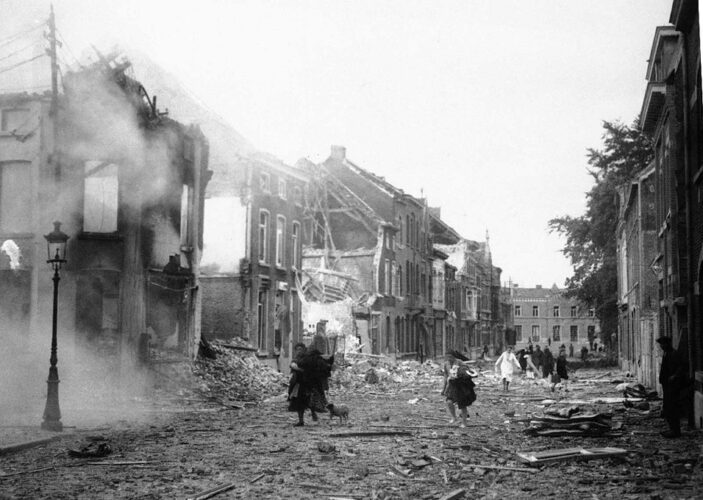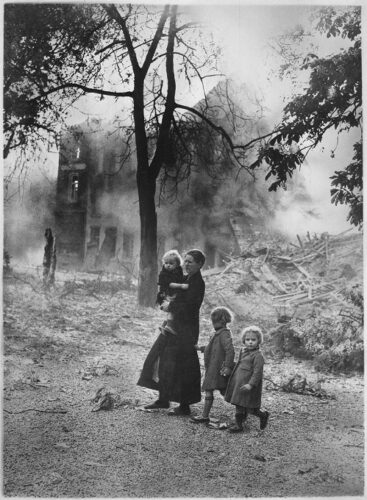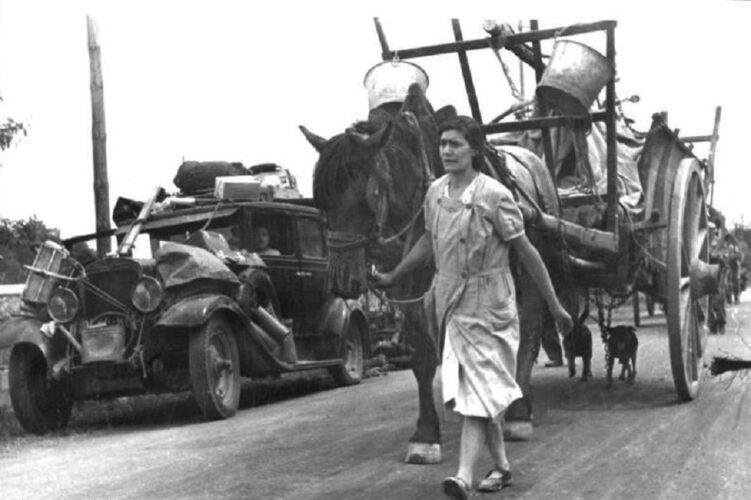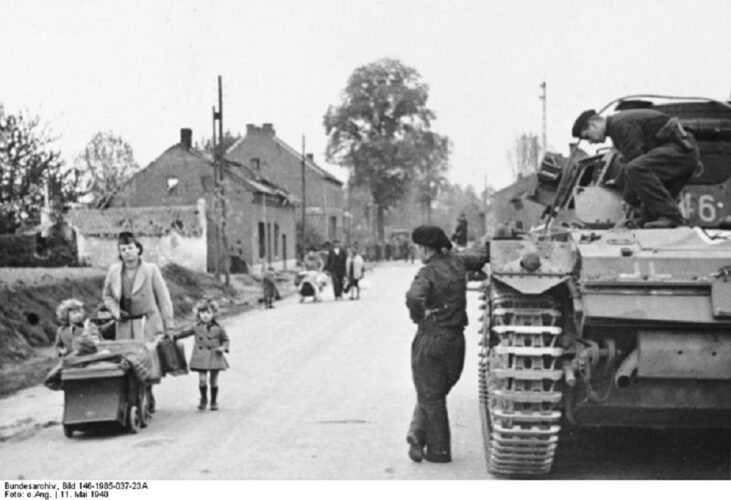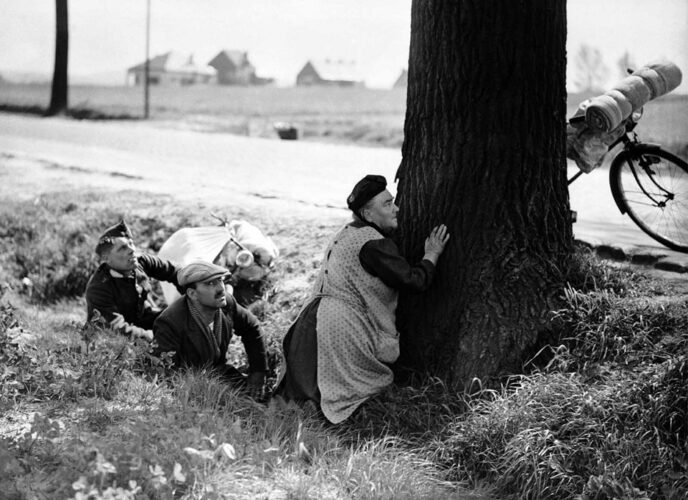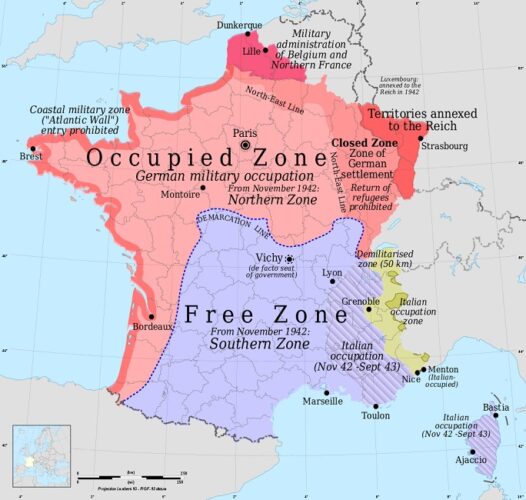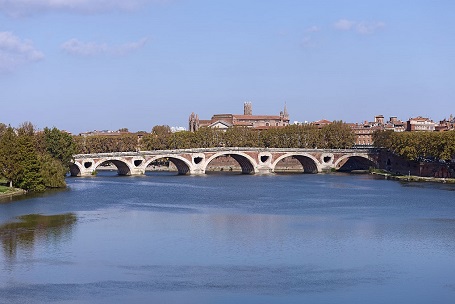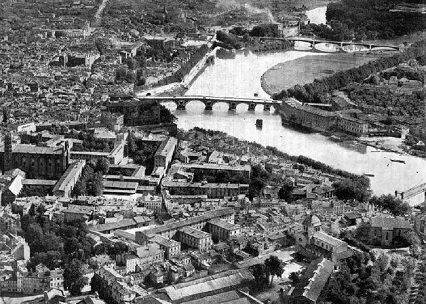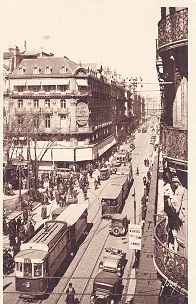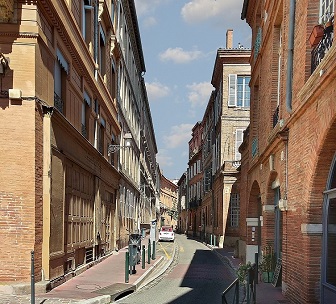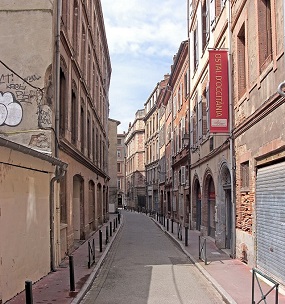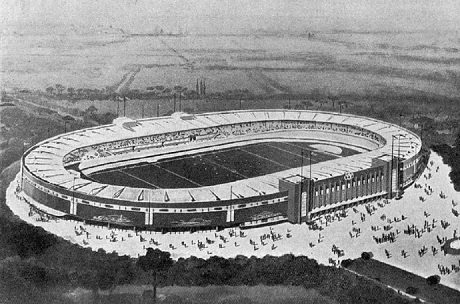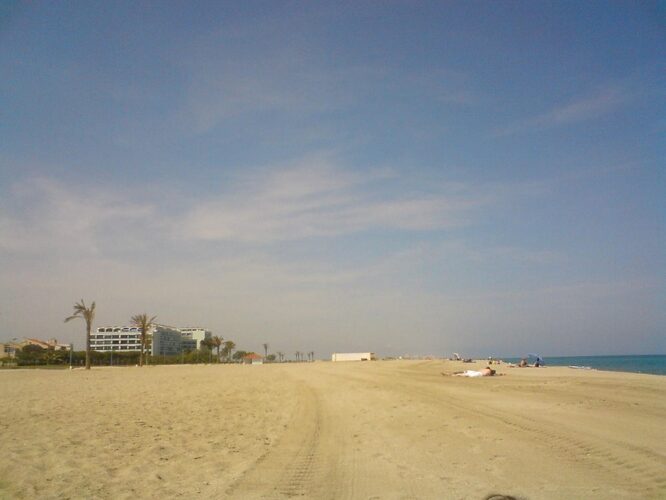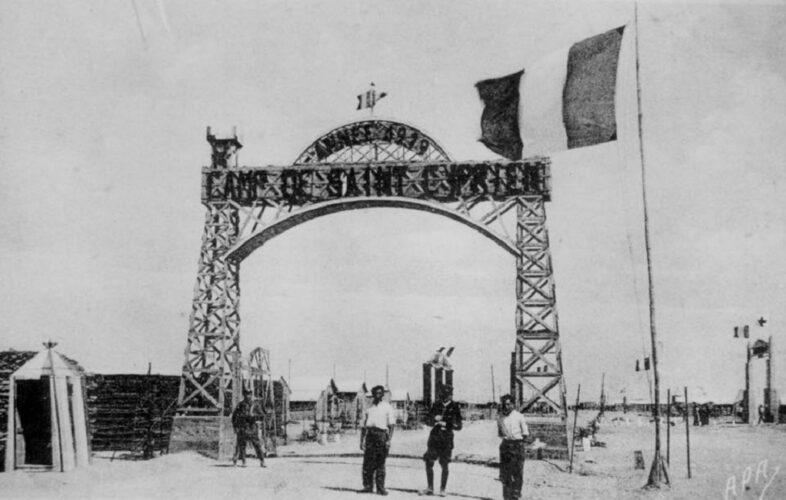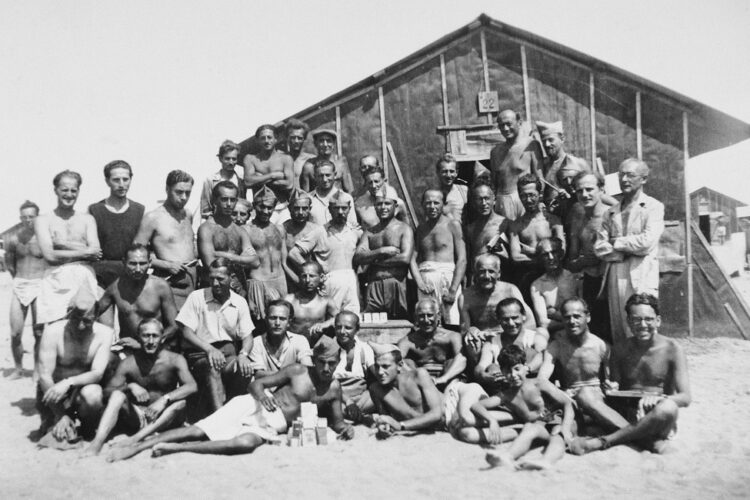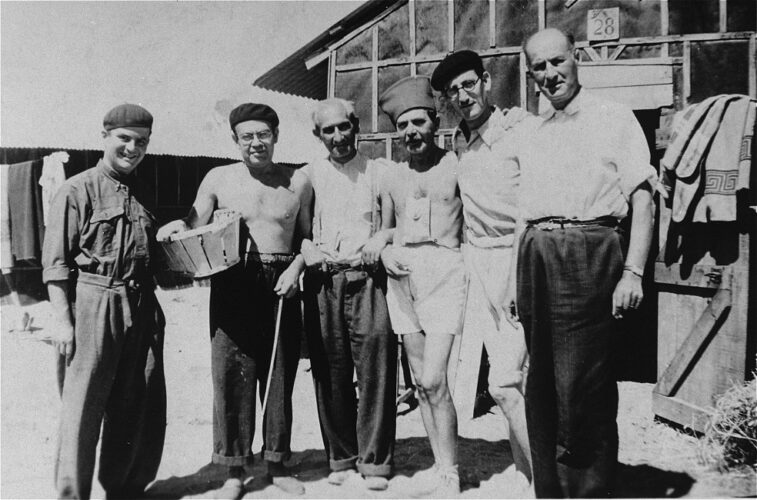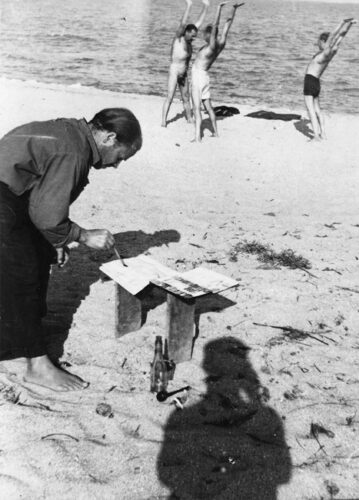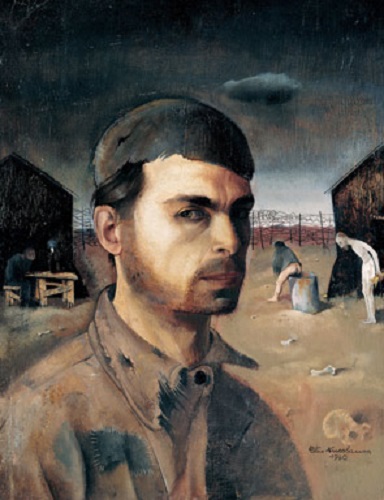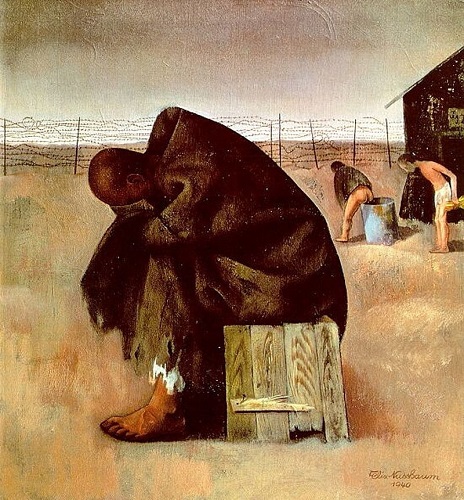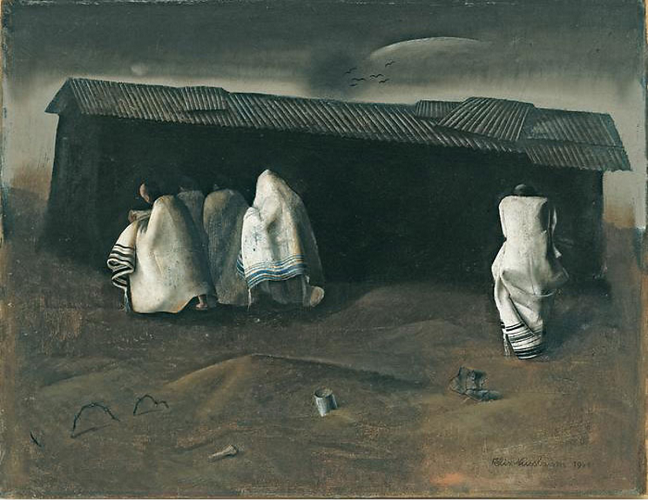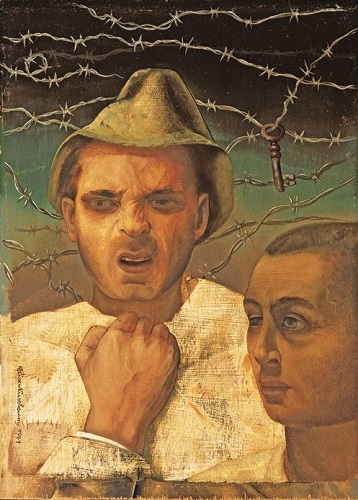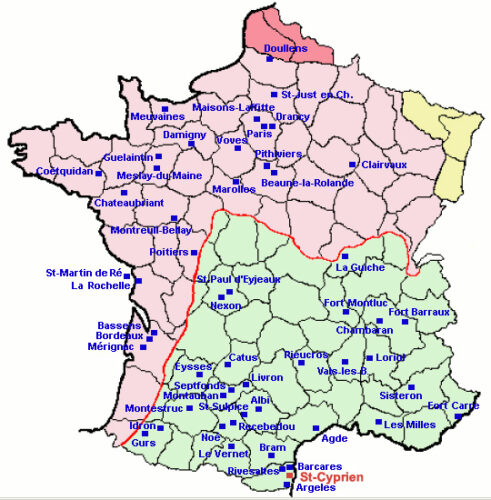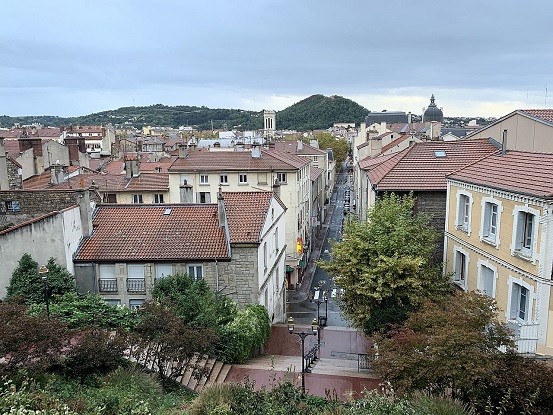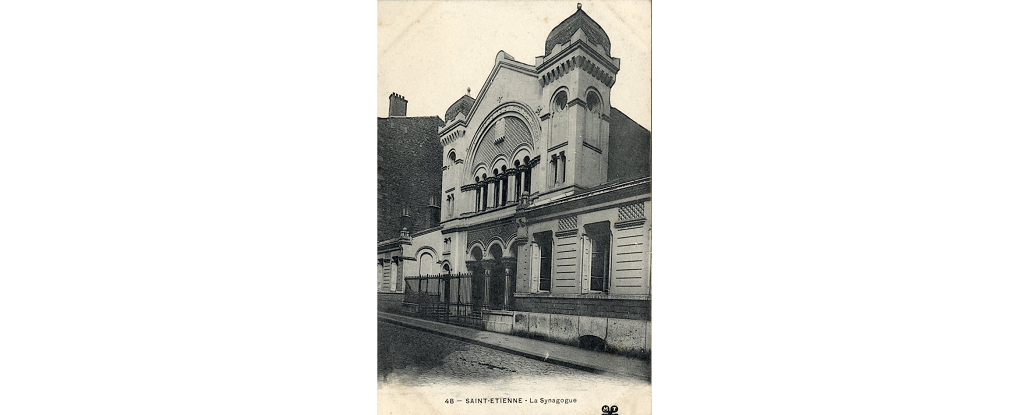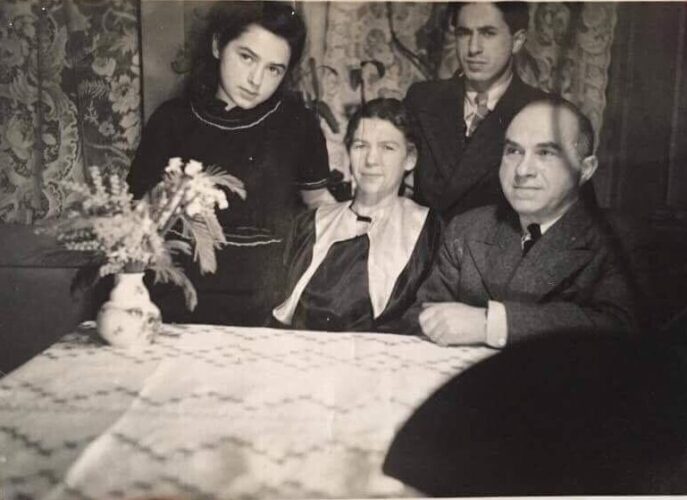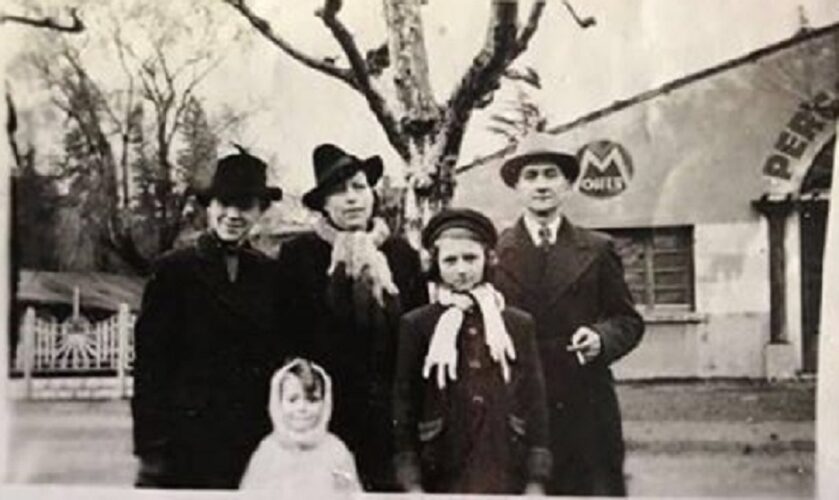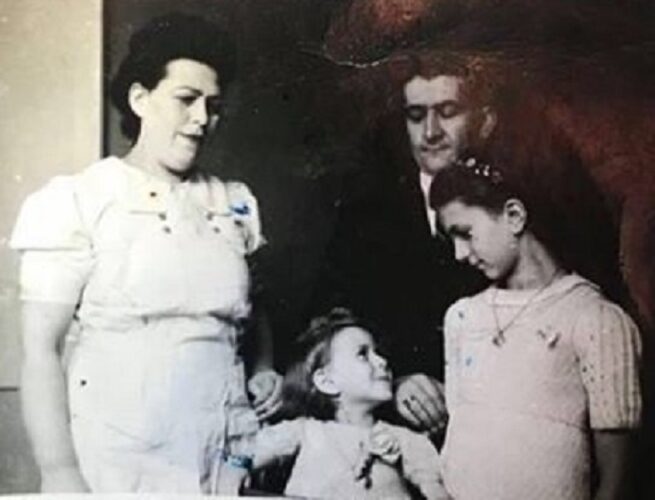
On May 10, 1940, Nazi Germany invaded Belgium, Holland, Luxembourg & France.
John, riding his bike to university, found the British army marching on Avenue Longchamp (now Avenue Winston Churchill) and felt reassured.
Also on May 10 – in the middle of the invasion – the Belgian government began to deport 4,400 German Jews. Some were arrested in their homes or on the street, others were already detained in their “welcome camps”. The arrested were sent in train convoys to St Cyprien, a camp on a Mediterranean beach in southern France just north of the Spanish border.
When the British army withdrew to Dunkirk on May 12, Willy decided it was time to leave. The Belgian parliament made the same decision on that day.
Brussels fell on May 17, Paris on June 13.
8 million refugees fled south in cars & trucks, horse carts, bicycles, wheelbarrows & on foot.
France was divided into a Nazi-occupied zone in the north & west, and Vichy France in the south.
Vichy France collaborated with the Nazis but wasn’t under their direct control.
On May 13, the Weisburgers and the Maiers packed their valuables and fled.
Willy drove a company truck with Margaret.
John – who never drove before – drove the car with Selma.
They were in an endless caravan of cars, moving slowly on country roads.
They crossed the French border at Lille.
They were strafed from the air with machine guns several times, without injury.
In Brest at the tip of Brittany, they were told by officials that Belgians had to go south to Bordeaux or Toulouse.
They went to Toulouse in Vichy France, “where through the kind assistance of some French people, we settled in an unoccupied house.” {Margaret}
Soon after, in June or July 1940, Willy & John were arrested by French police and sent to the camp on St Cyprien beach, joining all the other Jews from Belgium, concentrated in one camp.
Selma’s nephews, Louis & Wilhelm Maier, also ended up in different barracks at St Cyprien.
There were 5,000 to 8,000 men in the camp, mostly German Jews who had settled in Belgium.
Conditions were terrible:
Barracks made of light wood planks and a corrugated iron roof offer no insulation against the wind and frequent sandstorms, nor against the cold.
There is no floor, no bed, no mattress, not even a bench.
The internees sleep on a thin bed of straw on the floor.
Without windows, lighting or heating, these shelters … are real nests for germs and infectious diseases, carried by rats, fleas, lice and other vermin that also populate the camp …
In the summer of 1940, a severe epidemic of typhoid fever broke out
Every day there are deaths and the epidemic makes hundreds of sick.
{Jewish Traces}
The women [Selma & Emma] looked for a place near the concentration camp to get a room, to get somewhere to live.
They got to a farm house.
They rang the bell, they rang more than one bell.
Two women looked out.
They told them they need a place.
They said, “Take it!
Our men are in the war
and we don’t want to stay here.”
{Erna}
Margaret, then 15 years old, was “placed with a seamstress where I learned the first steps in dressmaking.”
John, then 19 years old, got a job as a runner in the camp office to get double food rations, but got typhoid fever anyway.
The camp was run by Germans but manned by French guards.
Around September 1940, Selma made friends with the French guards.
She bribed them with 50 francs (about 1 US dollar at the time), to get the two Weisburgers and the two Maiers out at dusk after the evening meal.
They walked two hours, John still weak with typhus, to board a train back to Toulouse.
“To avoid [our] being returned to camp … we moved on to St Étienne, a French mining town where [Willy] had some relatives.” {Margaret} (Footnote 4)
St Étienne is in central France, north of Toulouse and St Cyprien, but still in the Vichy France zone.
They got “John into a hospital and he got better.” {Erna}
They lived in a one-room apartment with a kitchen.

